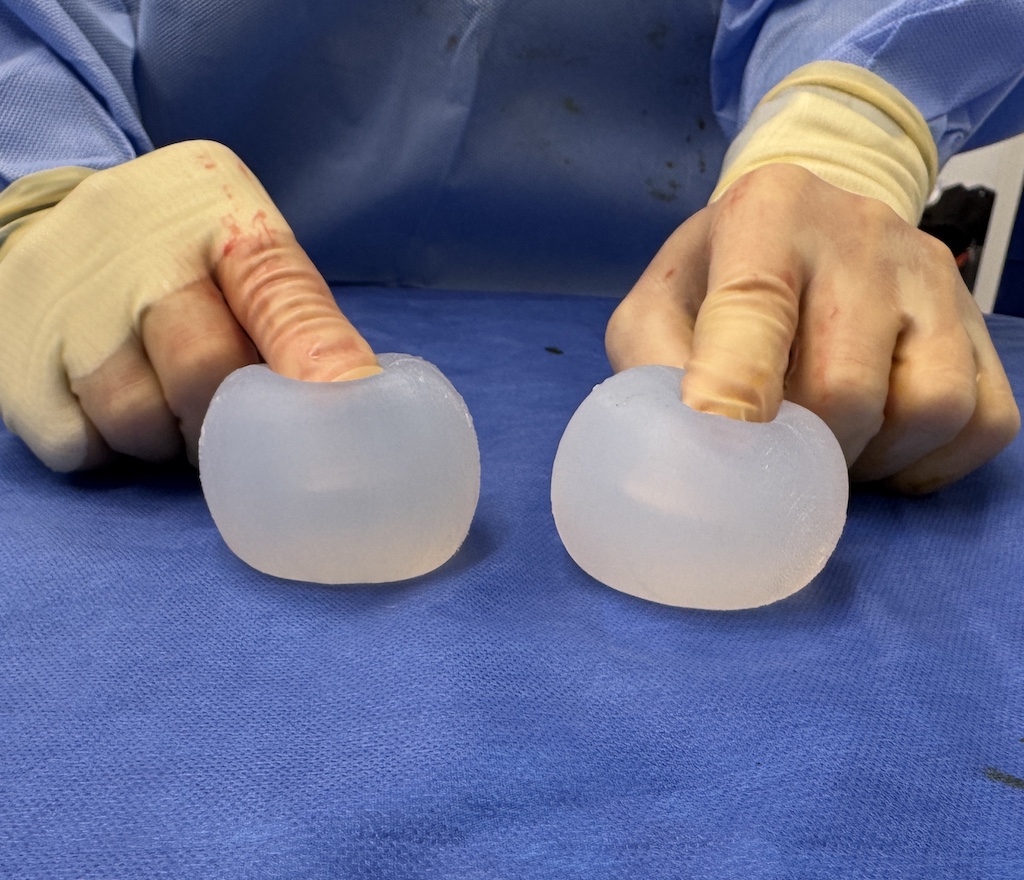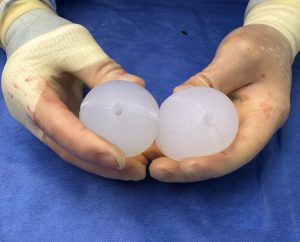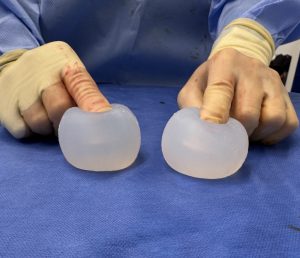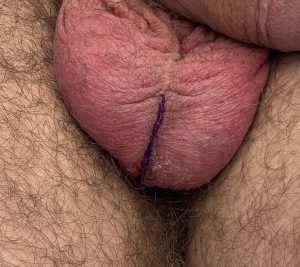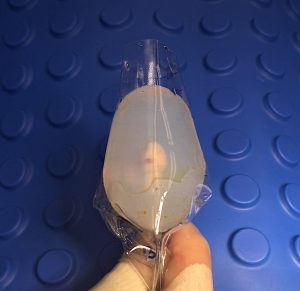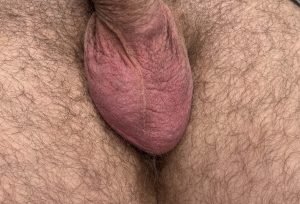Introduction
Testicular enhancement aims to increase the visible size of the testicles within the scrotum. This is most effectively achieved using an implant shaped like a natural testicle. Such implants can be used in two main ways:
-
Wrap-around augmentation, in which the implant envelops the natural testicle to enlarge its apparent size.
-
Side-by-side (displacement) placement, where the implants are positioned adjacent to the natural testicles to enhance overall fullness and projection.
While the wrap-around method is anatomically accurate, it carries a risk of postoperative separation between the implant and the testicle. In contrast, the side-by-side technique is less anatomic but more predictable — the primary limitation being that the natural testicles may not be completely concealed by the implants.
Based on extensive surgical experience, the side-by-side implant technique has proven to be the most successful for testicular enhancement. To achieve optimal results, five critical steps must be followed:
-
Implant Selection: The implant must be large enough to camouflage the natural testicles and sufficiently soft for a natural feel.
-
Incision Placement: A midline scrotal incision provides access for bilateral placement.
-
Pocket Creation: Implant pockets are developed while preserving a midline septum of soft tissue.
-
Testicular Release: The natural testicles are mobilized appropriately within the scrotum.
-
Accurate Positioning: Proper spatial symmetry and pocket balance are ensured during placement.
Case Study
This case involved an older male patient with testicular atrophy resulting from testosterone supplementation and age-related changes. His natural testicles measured approximately 3.5 cm in length — not unusually small — but he presented with excess scrotal laxity, giving the appearance of an empty scrotum.
To restore proportional fullness, the patient selected 6.75 cm custom implants with an approximate volume of 80 ccs. This represented a 100% increase in testicular volume and an 85% increase in implant dimensions compared to his natural testicles.
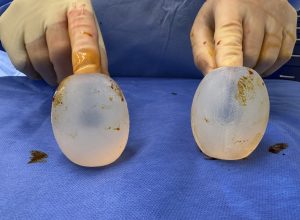
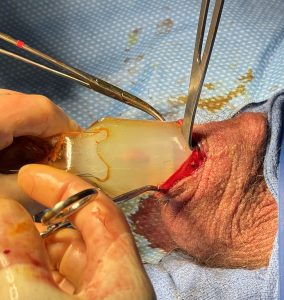
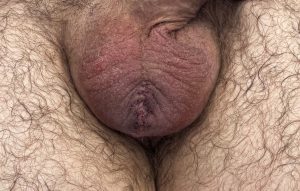
Discussion
When the five key technical principles are followed, the side-by-side testicular enhancement method yields consistently high success rates with a low complication incidence (<2% infection rate). In rare cases, minor asymmetry or slight exposure of a natural testicle may occur, though none have required secondary correction.
The most common complaints about standard testicular implants are that they are too small and too firm, particularly with saline-filled models. These limitations can be overcome through custom solid silicone designs, which allow precise tailoring of size, length, and width to the patient’s anatomy.
Solid silicone implants, especially those made from low-durometer materials, offer a significantly softer and more natural feel compared to saline implants. The addition of a hollow chamber further enhances compressibility and comfort, while also permitting localized antibiotic delivery, potentially reducing postoperative infection risk.
Key Points
-
The side-by-side technique is the most effective approach for testicular enhancement when performed with strict adherence to five surgical principles.
-
A hollow-chamber implant design provides the softest, most realistic tactile quality.
-
The use of a funnel-assisted insertion allows a smaller incision and minimizes tissue trauma.
Barry Eppley, MD, DMD
World-Renowned Plastic Surgeon

